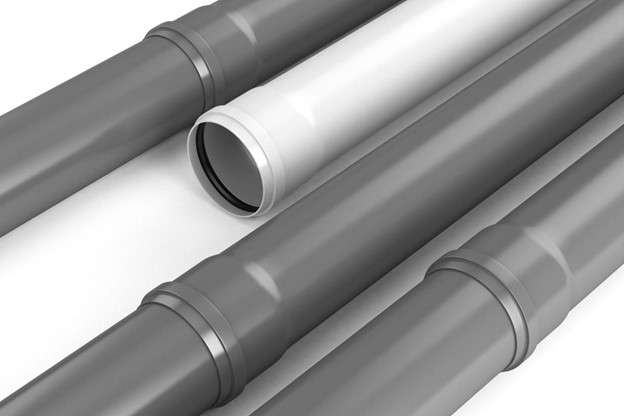In the sphere of plumbing repair and maintenance, the key concern has always been determining how to carry out necessary pipe repairs with minimal disruption and cost. Pipe relining, an innovative procedure now gaining traction across the globe, offers a compelling alternative. Unlike traditional trenches methods, this advanced technique limits the amount of excavation required for pipe repairs, ensuring fewer disturbances, diminished costs, and reduced damage to properties. This article seeks to offer a detailed insight into pipe relining, presenting a compelling argument regarding its cost-effectiveness as a long-term solution. It also amplifies the scope of pipe relining against traditional pipe repair methods and explores its various monetary and sustainability aspects.
Understanding Pipe Relining: A Brief Overview
Beginning with a comprehensive understanding, pipe relining is defined as a technique that facilitates the installation of a new pipe within an existing one that may have been damaged, without removing it. A radical concept that initially emerged in the early 1970s, pipe relining took the plumbing industry by storm, becoming a go-to resolution for damaged, decaying, or leaking pipes and blocked sewer systems. Its popularity can be attributed to its simplicity and efficiency. The procedure initially includes an in-depth examination of pipeline issues and the subsequent clearing of the pipe. Following this, a liner, often epoxy resin-based, is inserted into the pipe, which, upon hardening, performs exactly like a “pipe within a pipe”, thereby paving the way for efficient plumbing.
The Downside of Conventional Pipe Repair Methods
Traditional pipe repair methods, characterised mainly by trenching, involve a substantial extent of digging. In this method, it is imperative to reach the damaged pipe, which necessitates the excavation of the ground above, which undeniably is a time-consuming and fiscally draining affair. The associated costs are not limited to the repair process alone. They pack along with the burden of labour expenses, the costs needed for restoration after the repair, and other incidental expenses. The implementation of this method creates unwelcome short and long-term repercussions, with potential damage to landscaping, structural elements and environmental disturbances as well. The environmental consequences stretch beyond physical appearance, with soil displacement and other ecosystem disturbances playing a crucial role.
Costs Involved in Pipe Relining
While there is a misconception that pipe relining might be more expensive at the outset when compared to its counterparts, an in-depth examination of the process will dismiss such notions. A fair understanding of the costs involved in pipe relining – right from diagnosing the problematic area, cleaning the pipes, installing liners, and performing a robotic cut out—if there are branches leading off the relined pipe— will give a holistic perspective on expenses. When juxtaposed with traditional methods, pipe relining virtually eliminates additional costs that arise from landscape restoration, and labour-intensive services. Not only does pipe relining trim down direct expenses substantially, but it also contributes to mitigating indirect losses indicated by environmental disturbances.
Long-term Savings and Benefits of Pipe Relining
What truly sets pipe relining a league apart from its traditional counterparts is its pivotal role in ensuring long-term savings. When pipes are relined, they essentially enter a prolonged life cycle with drastically reduced repair and maintenance costs, making it a stable investment. Materials used in the relining process are generally of superior quality, boasting of high durability and longevity, which significantly minimises the necessity for recurrent checks and amendments. As an unexpected benefit, pipe relining bolsters the overall water flow, thereby meticulously reducing water bills in the long run and contributing to substantial savings.
Pipe Relining: A Sustainable and Cost-effective Solution
As the world today is reverberating with the mantra of sustainability, pipe relining fits into this narrative effortlessly. This trenchless technology is celebrated for significantly reducing carbon footprints by ensuring that the aspect of environmental disruption is minimal. Its notable contribution to protecting the ecosystem further accentuates its cost-effectiveness. Moreover, the assured longevity that pipe relining brings to the table makes it a fruitful investment for future infrastructure maintenance needs. While the initial monetary commitment might seem considerable, it is worth noticing that the long-term payback, along with the environmental benefits, makes pipe relining an undeniably cost-effective solution.
Conclusion
As an overview of the discourse, it can be comfortably stated that pipe relining has emerged as a beacon of hope in effectively addressing the significant discomforts, excessive costs and environmental impacts related to traditional pipe repair methods. By nature of its cost-effective, long-term results and its sustainable agenda, pipe relining is ushering us towards an exciting future of progressive repair and maintenance practices. Now lies the moment of truth in choosing pipe relining: A cost-effective solution for your plumbing needs. Taking into account the advantages pipe relining provides, it is crystal clear that in the times to come, pipe relining is all set to revolutionise the pipe repair and maintenance industry by offering sustainable, high-quality, and cost-effective solutions.

Recent Comments